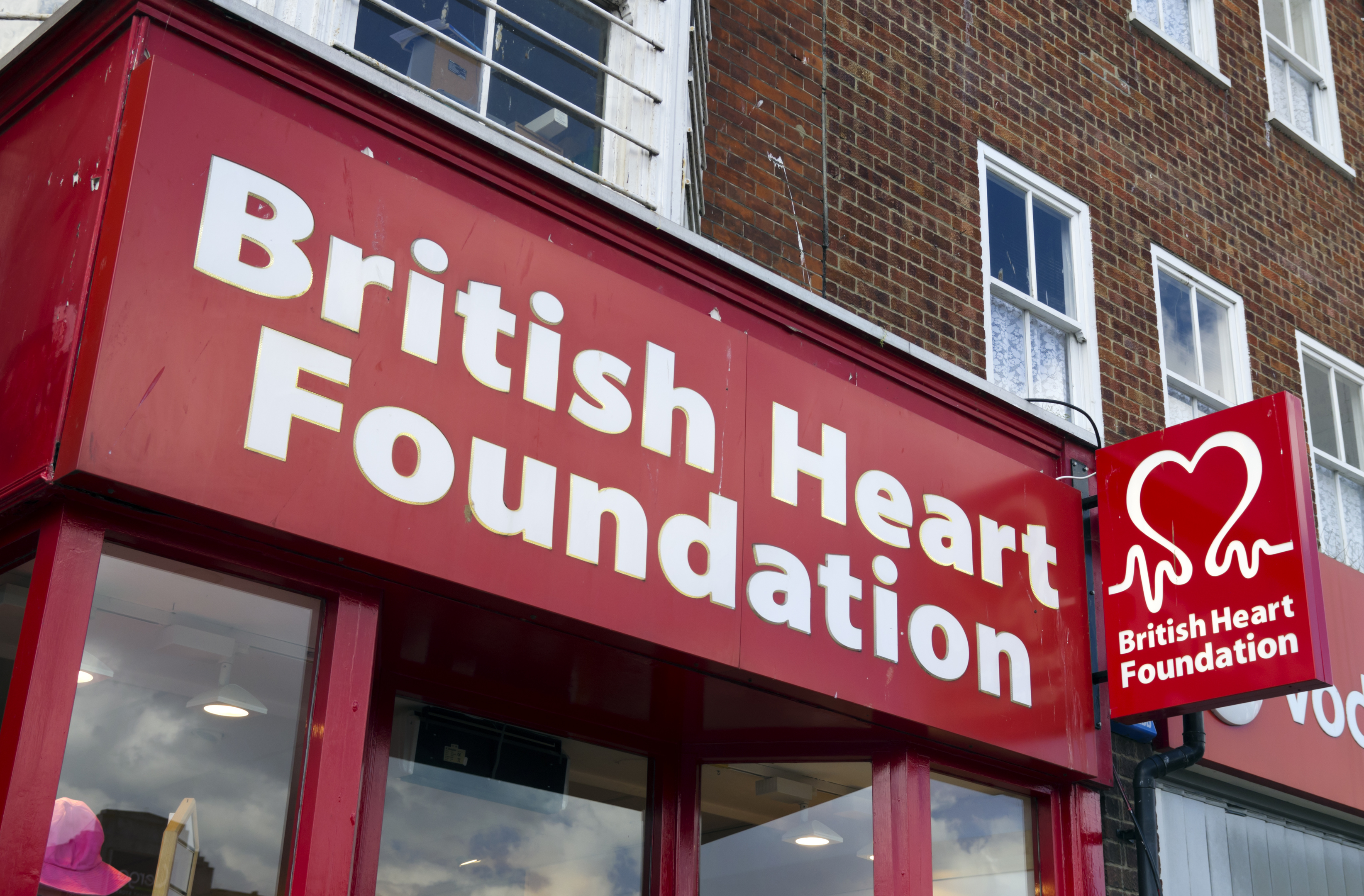
PROGRESS in reducing heart attack deaths is stalling, a leading charity has warned.
The British Heart Foundation (BHF) said that strides in reducing deaths from coronary heart disease (CHD), the leading cause of heart attacks, were slowing down.
The charity found that in 2016, 22,615 people under the age of 75 died from CHD across the UK.
This was just a small reduction from 22,806 in 2015.
Analysis by the BHF concluded that the death rate for under-75s from CHD declined by 11% between 2012 and 2016, compared to a 24% decline between 2007 and 2011.
Simon Gillespie, chief executive at the British Heart Foundation, said: “Medical research has helped us make huge strides in saving the lives of people suffering heart attacks in the UK, meaning seven in 10 people now survive. However, we can’t get complacent and think the disease is beaten.
“Tens of thousands of people die of heart attacks caused by coronary heart disease in the UK each year, with many more living with debilitating conditions like heart failure if they do survive.”
He added: “This trend should be a wake-up call for everyone involved in fighting heart disease.
“To keep up the pace of progress, it’s essential that charities and public bodies work together to provide the best possible care for those at risk of heart disease, and fund the promising areas of research that will save more lives.”

Enjoy the convenience of having The Sunday Post delivered as a digital ePaper straight to your smartphone, tablet or computer.
Subscribe for only £5.49 a month and enjoy all the benefits of the printed paper as a digital replica.
Subscribe